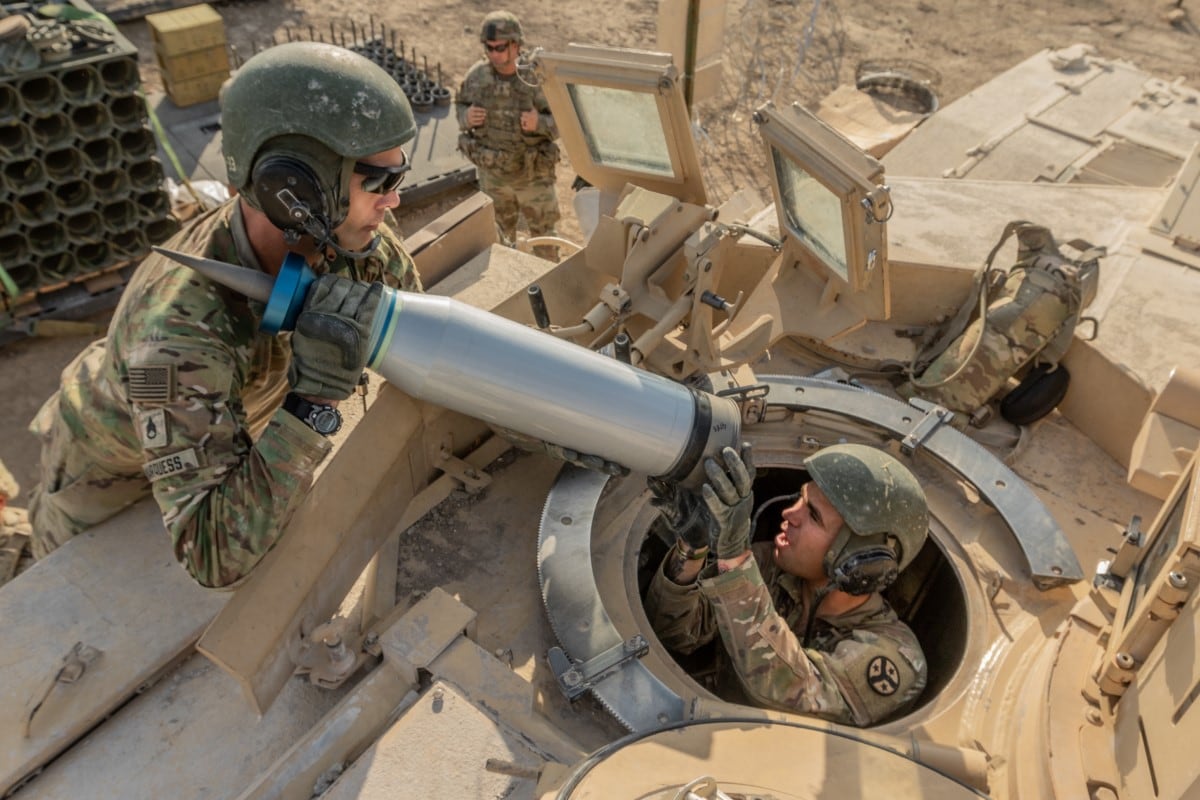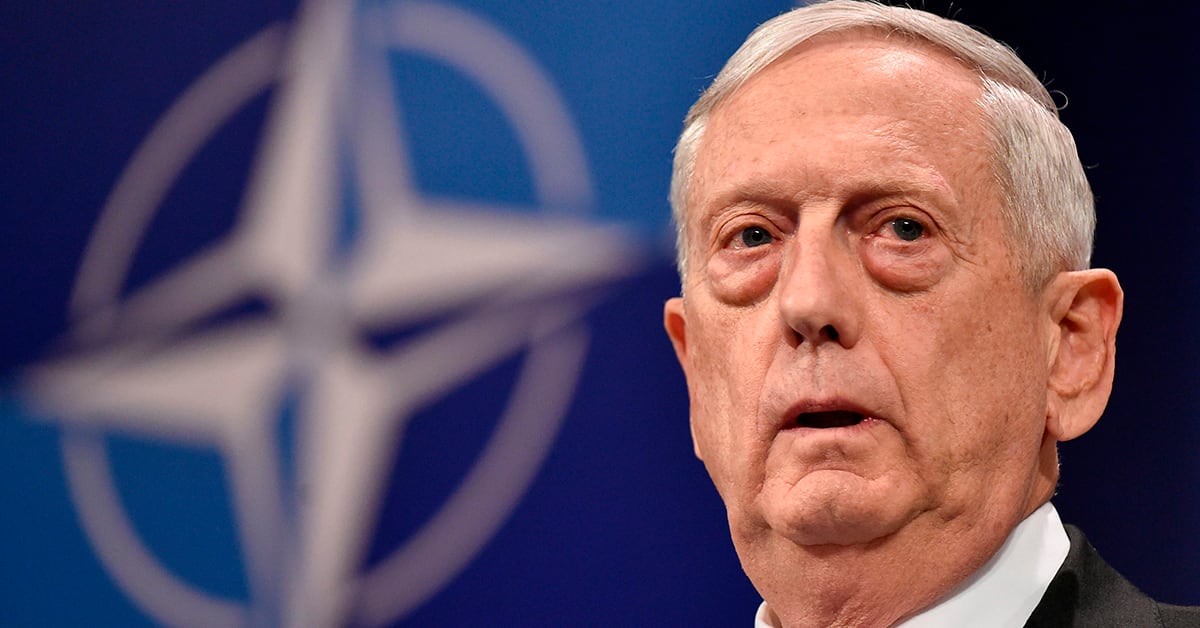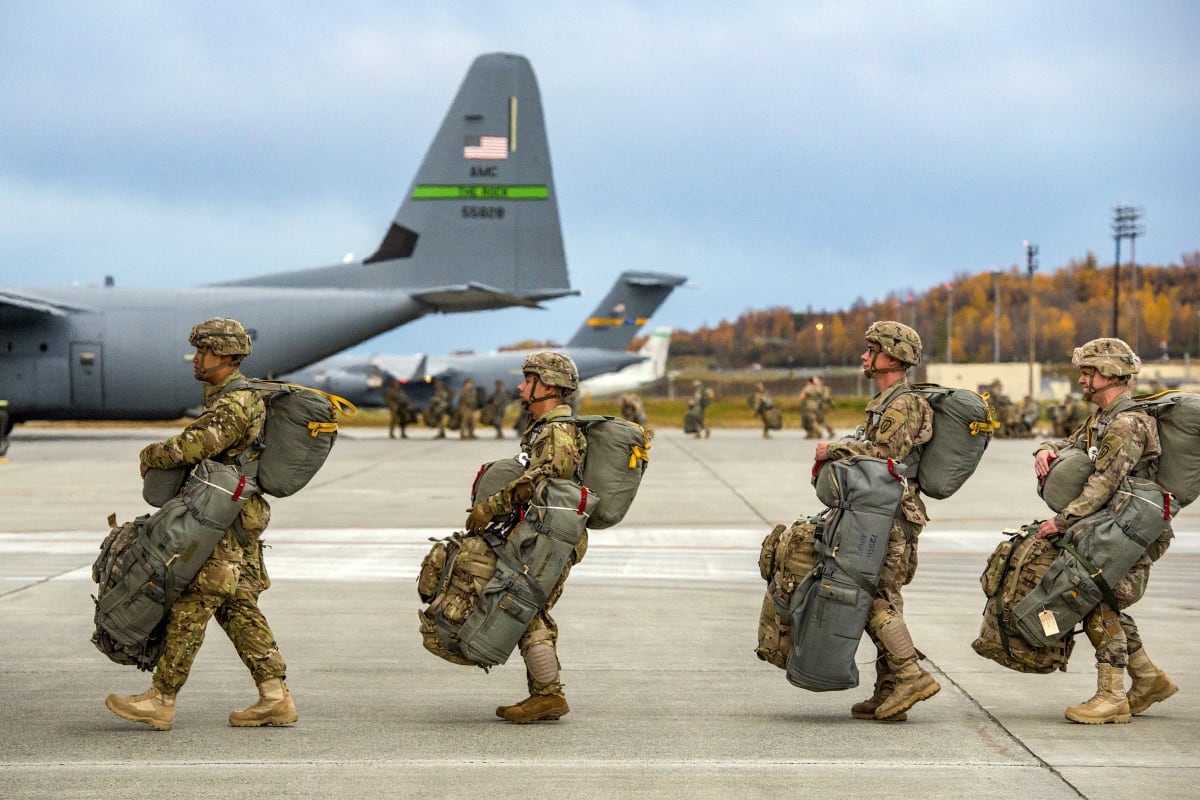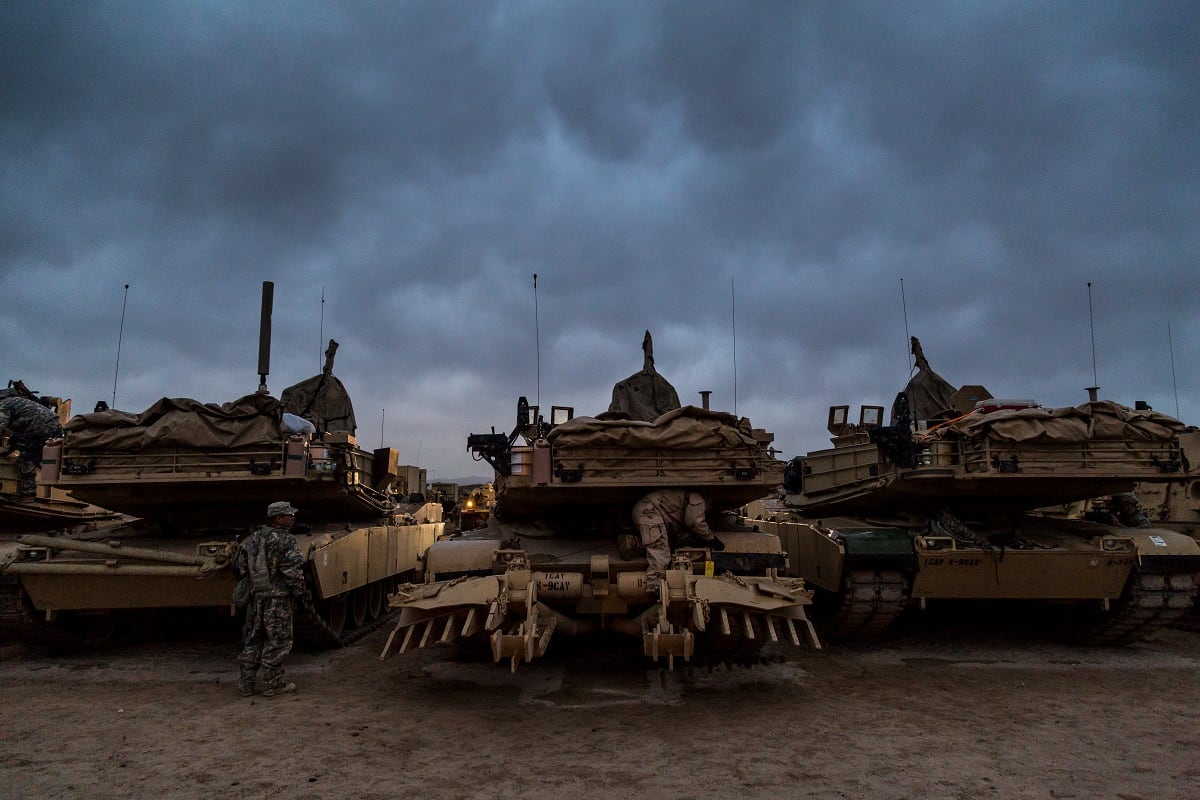The Army’s new non-deployable policy takes the Defense Department’s 12-month limit and chops it in half for soldiers sidelined due to administrative issues.
And if your leadership is pretty sure you can’t get on track? They can move to administratively separate you right away.
A directive signed Nov. 8 by Army Secretary Mark Esper deals specifically with administrative non-deployables, deferring regulations for those on medical or legal hold to the Defense Department standard.
“It’s the first time, actually, we’ve ever put down on a piece of paper, no kidding, this is what constitutes deployability,” Maj. Gen. Joseph Calloway, the G-1′s director of personnel management, told reporters on Nov. 13.
While 80 percent of the Army’s current non-deployables are medically sidelined, this new policy is meant to chip away at about 10,000 of them who can’t deploy because they’re behind on medical exams or they’re a single parent without a family care plan in place, for example.
“I don’t want to say it was accepted, but it was a sort of understood cost of doing business, and people, over time, started getting used to that,” Calloway said.
Those soldiers are now subject to separation if they are non-deployable for six consecutive months, or six months out of a year-long period. Further, if their commanders don’t think an issue can or will be resolved, separations can start immediately.
The Army has also made some tweaks to how it defines some non-deployables, reclassifying the classic dental and health exam absentees as deployable, and labeling soldiers with temporary profiles ― of a month or less ― as partially deployable.
The new policy does not apply to legal or medical non-deployables, however.
Soldiers under investigation or facing criminal cases are still non-deployable for the duration, and those with long-term injuries or illness will still go through the Integrated Disability Evaluation System to determine their eventual fitness for duty.
“The bureaucratic rule in the system was you are not deployable if you hadn’t been to the dentist in a year, because everybody is supposed to go to the dentist,” Army Chief of Staff Gen. Mark Milley told Army Times in September. "We looked at it and we said, ‘Well, does that really make sense?’ "
You still can’t go to Afghanistan without getting your teeth checked, but for all intents and purposes, you’ll be counted toward the Army’s readiness ― and your commander will make sure you see that dentist before you get on a plane.

Reserve component soldiers who have been skipping their monthly drill requirements are also considered non-deployable. Going forward, commanders are expected to track down their absentee soldiers and begin the separation process if the soldiers are not fulfilling their duties.
At the same time, commanders can also grant waivers for soldiers who may be permanently non-deployable, under certain circumstances.
A soldier who cannot secure a family care plan but who is in a high-skill area like cyber may be allowed to stay in the Army, Calloway offered as an example.
Making progress
It’s been a big year for “non-deployable” as a buzzword, but Army leaders have been questioned about the largest service’s outsize number of sidelined troops for years, and so, behind the scenes, they have been making efforts to bring the numbers down.
Five or so years ago, 15 percent of the total force was non-deployable. That number is down to about 6 percent of the service’s million-plus end strength, Calloway said, and in the past month, about 7,000 more cleared the list.
That was largely done through word of mouth for soldiers with admin issues, with guidance from leadership about soldiers taking personal responsibility to straighten out their readiness, while encouraging chains of command to allow soldiers time to get to a health exam, for example.
Officials aren’t ready to say how much of a dent the new policy will make.
“I don’t think we’re going to have a really good feel for that until we’re a little further along,” Calloway said.
From the other end, the Army has been making headway through a long backlog of medically disqualified troops dealing with service-connected injuries, mental health struggles or the aftermath of off-duty accidents.
Those soldiers are largely at the mercy of the Integrated Disability Evaluation System, a series of boards to determine whether a service member will be able to return to duty.
For active-duty soldiers, the Army has been able to get that wait time down to 180 days from 260 a few years ago. For Reserve and National Guard soldiers, it’s down to 185 from more than 300, Calloway said.
RELATED

While many soldiers with permanent injuries or long-term illnesses that render them unfit for duty will leave the Army, DoD and Army policies allow for some waivers.
Wounded warriors, for instance, are protected by non-deployable policies, allowing them to reclassify into jobs where injuries won’t inhibit performance, or to be considered “deployable with limitations.”
Or, in another case, a soldier who is seriously injured in a car accident ― perhaps just a few years before retirement ― could be kept in a limited-duty position after recovery in order to not lose benefits they might have otherwise earned.
This is thanks to a line in the DoD policy that allows service secretaries to approve a waiver of up to three years on a case-by-case basis. That individual part of it is key, as the policy forbids creating a category of service members who can be allowed to be sidelined for more than a year.
“Approval of the retention for service members who are non-deployable for 12 months or longer will only be made for individual service members, not an entire cohort or skill set of service members,” according to the instruction.
The other, smallest number of soldiers considered non-deployable are those involved in legal action. Though they’ll be home-bound as investigations, charges and proceedings pan out, they won’t face separation if anything continues beyond a year.

Changing the culture
While service and deployments go hand-in-hand when most people think of an Army career, as Calloway mentioned, being fit for deployment has not always been of the highest priority for every soldier in every unit.
While the policy sets limits, leadership is expected to set a tone that values readiness in their units, and to use tools afforded them by the new policy to get soldiers back in line or make the decision to end their careers.
“In trying to drive culture change, it’s important to ensure commanders are empowered and supported,” Diane Randon, the acting principle deputy assistant Army secretary for manpower and reserve affairs, told reporters.
Unlike DoD’s policy, the Army’s policy deals specifically with what it means to be deployable. There are six criteria:
- Soldiers have to be legally, medically and administratively ready to deploy in any mission environment.
- They must physically be able to perform in austere environments or those with harsh conditions.
- They must be able to use their assigned weapons.
- They must be able to execute their assigned warrior tasks.
- They must be able to operate wearing all personal protective gear necessary.
- They must be able to pass current fitness standards.
RELATED

The policy lays out a guide, starting with written counseling and performance evaluations, to nudge soldiers in the right direction. From there, brigade-level commanders (or above) are able to waive one of the six requirements temporarily. But if a problem becomes permanent and intractable, separation is the ultimate move.
“This is really about soldiers and commanders being accountable, and commanders being empowered to do everything possible, in terms of resources and tools, to ensure a culture of deployability,” Randon said.
Officials are not expecting a miracle, but a set of directives is a place to start.
“You can never get 100 percent at this, but the goal is to get it as low as possible,” Calloway said.
Meghann Myers is the Pentagon bureau chief at Military Times. She covers operations, policy, personnel, leadership and other issues affecting service members.




